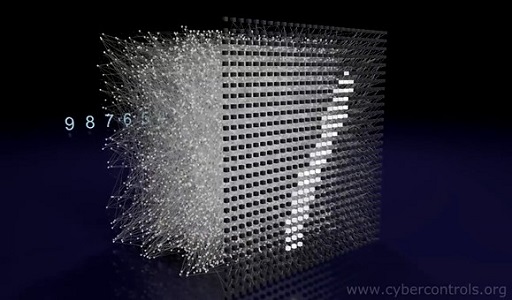5.4 Neural networks
Artificial neural networks are mathematical systems that loosely emulate how biological brains learn, namely from example and experience. Computers with neural network programming can learn to recognise patterns without being specifically programmed with each decision-making step. For example, they can be trained to recognise facial expressions or individual voices.
The ‘neurons’ in an artificial network are ‘nodes’ – these are the points at which a computation takes place. The inputs to each node are either amplified or dampened mathematically, depending on how useful they are to the task (this is analogous to the strengthening or weakening of neural connections in the brain, as described in Section 4). If the sum of these weighted inputs is high enough, the node ‘switches on’ – like a neuron being fired – and the signal is passed on to the next node. Layers of nodes become the inputs for subsequent layers, and so on, until the final output of the network. The network can then assess how well it did, and adjust the computations to make improvements. Video 11 shows a visual demonstration of this.

Neural networks are one method of ‘machine learning’, in which computer algorithms improve automatically through experience. This ability is at the heart of developing artificial intelligence. However, returning to the Chinese room argument, this could be thought of as just mimicking learning rather than actually understanding the process. Another fundamental question is whether artificial intelligence could ever use common sense and intuition to solve problems.
